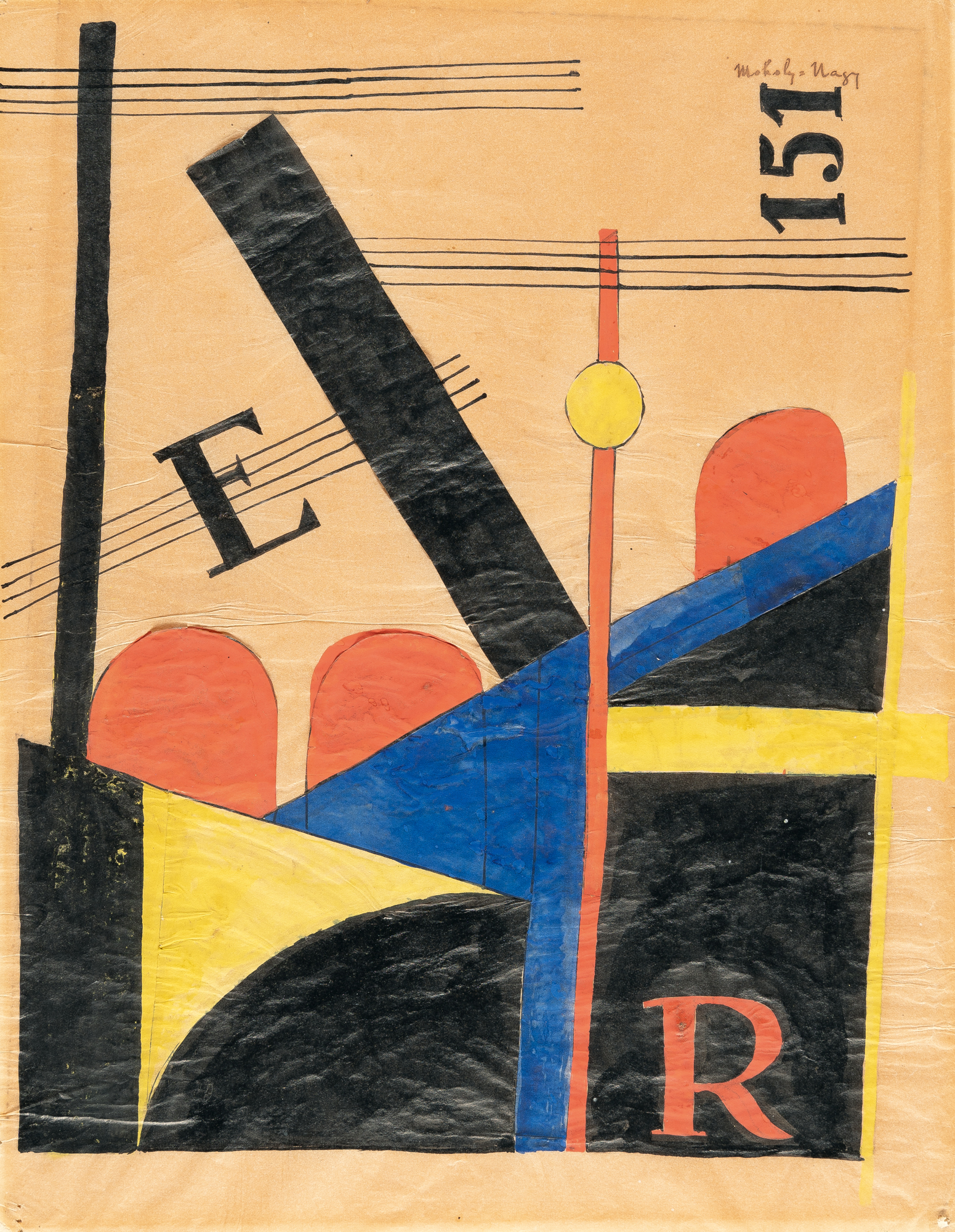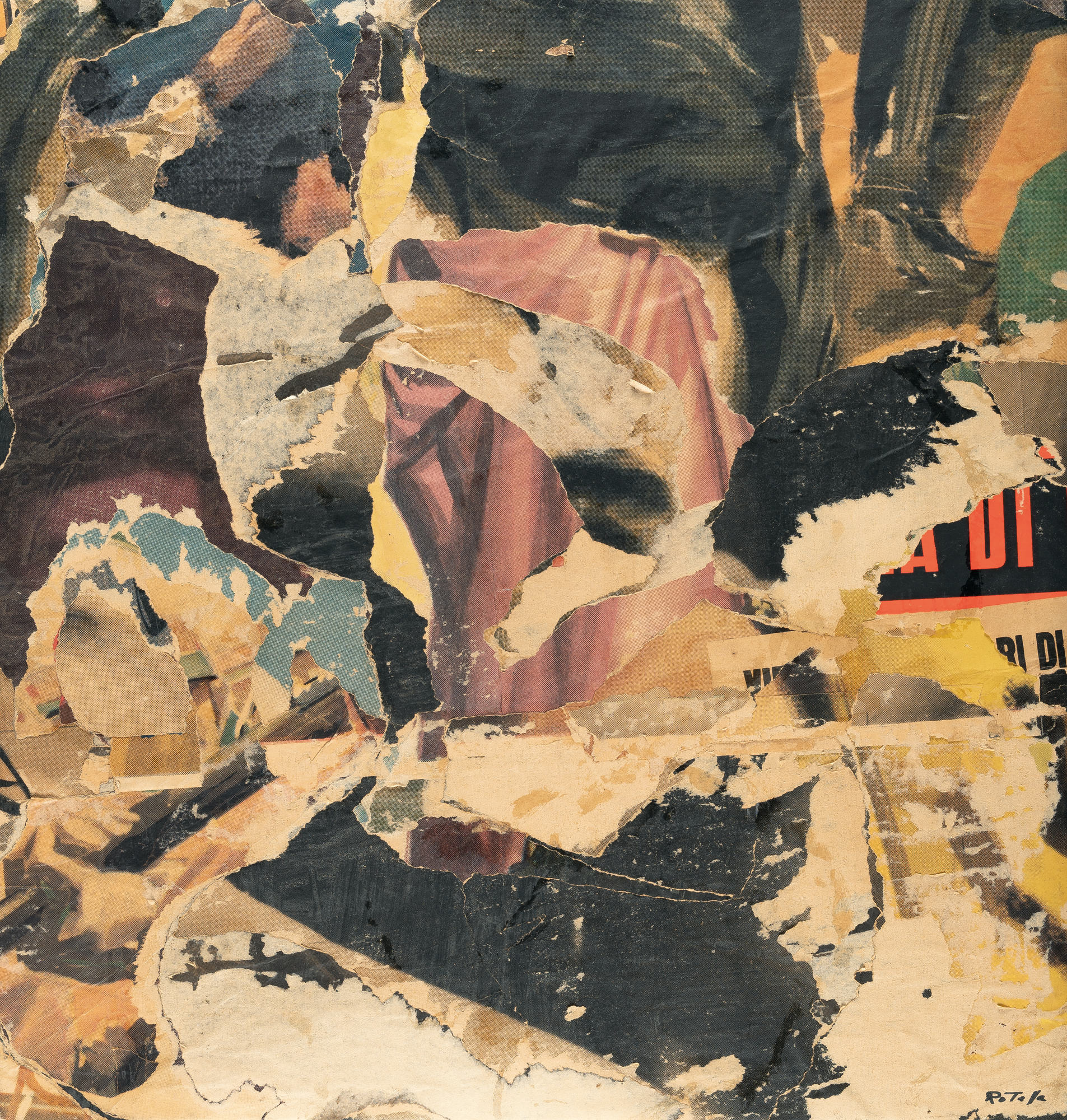Early Preview of the Special Auction “Tendencies of Abstraction”
Discovering a collection is like tracking down a trail. The collector who has gathered the works leaves behind traces of his passion. They lead to places, to people and to ideas.
In our Early Preview, you can already discover outstanding works from the Ulm Collection entitled “Tendencies of Abstraction”. The exhibition will be on view until Friday, 16 October.
Duration: Thursday, 8 October to Friday, 16 October 2020.
Venue: Karl & Faber Fine Art Auctions, Amiraplatz 3, 80333 Munich, Germany
The works from the catalogue Tendencies of Abstraction will be auctioned as a special auction with about 70 lots on Thursday, 10 December 2020.
Other works from the collection will be offered at the Modern and Contemporary Art auctions on 9 and 10 December 2020.
The catalogue will be available from mid-November and can also be viewed here as an online catalogue.
About the Ulmer Collection
A few years after the end of the Second World War, a new cultural beginning flourishes in the Swabian province of all places – far away from later art metropolises such as Cologne or Dusseldorf. In 1953 the Hochschule für Gestaltung, or HfG in short, opens in Ulm. Founded on the initiative of Inge Scholl, the sister of the two resistance fighters Sophie and Hans Scholl. Co-founder and her later husband is the graphic designer Otl Aicher, who was to shape the appearance of the 1972 Olympic Games in Munich. Inspired by the Bauhaus, the Ulm HfG soon enjoys the highest international reputation. Its educational concept and design ideas have had an impact far into the present.
In this environment, a young man laid the foundation for a collection that bears witness to the spirit of this cultural awakening and new beginning. Having returned home late from Russian captivity and curious about everything that comes from outside, the art lover from Ulm experiences how young, unconventional people appear in his home town. The first lecturers at the HfG are well-known artists such as Josef Albers, Walter Peterhans, Johannes Itten and Helene Nonné-Schmidt. In 1955 the HfG moves into a new building designed by Max Bill. None other than Walter Gropius gives the opening speech. Max Bill, co-founder and first director of the HfG formulates its claim as follows: “All activities at the HfG are aimed at helping to build a new culture. He calls on the pioneers of abstraction as principal witnesses: Wassily Kandinsky, Paul Klee and László Moholy-Nagy.
All three are represented in the extensive collection. The abstract runs like a red thread through the offer, whose works the Ulm art lover acquires from the 1950s to the 1990s. He is guided by those who created new space for thinking in the narrow Ulm of the early post-war years – such as the publicist, publisher and art collector Kurt Fried. From 1959 onwards, he maintained a private, non-commercial gallery, “studio f”, which showed current positions before they became visible in the institutional art world – an off-space and avant-garde focal point in the Ulm of the years of the economic miracle.
Parallels to the Kurt Fried Collection
The Kurt Fried Collection, now housed in the Museum Ulm, shows by means of many parallels how close the two Swabian art lovers must have been: Both collections contain top-class works of classical modernism as well as works by members of the group Abstraction-Création such as Wassily Kandinsky, Kurt Schwitters or Friedrich Vordemberge-Gildewart, who was a lecturer at the HfG Ulm. Almir Mavignier, who also appears in both collections as a representative of Concrete Art and Op-Art, studied there since 1953. He was an important link between the HfG and Kurt Fried’s “studio f”, which was an important platform for the ZERO group. As in Fried’s collection, Günther Uecker, one of their most important artists, is also represented in the collection: with an early composition from 1967.
It is the examination of colour, form, light, space and movement that characterises both collections: Also on display in the works of Günter Fruhtrunk, Victor Vasarely, Gottfried Honneger, Rupprecht Geiger or Jiri Hilmar. The mathematical order inspired both collectors, but their view remained widened. Thus, in Tendencies of Abstraction, an early décollage by Mimmo Rotella, “Quasi una dramma” from 1961, is surprisingly found.
Incidentally, the collection was collected entirely undramatically in Ulm. In an exhibition catalogue about Kurt Fried, it is said that he went his way unwaveringly, “with boots of Swabian cut: solid, inconspicuous, worthy of imitation” (Exhibition catalogue, studio f Collection Kurt Fried, Ulmer Museum, March-May 1976).
In this spirit, Karl & Faber honours the second great art lover from Ulm with a special auction and its own catalogue – both of which bear witness to the cultural awakening in difficult times.
The following artists are represented in the special auction Tendencies of Abstraction:
Yacov Agam
Günter Fruhtrunk
Rupprecht Geiger
Alexei Jawlensky
Wassily Kandinsky
Paul Klee
Almir Mavignier
László Moholy-Nagy
Markus Prachensky
Lothar Quinte
Mimmo Rotella
Kurt Schwitters
Günther Uecker
Victor Vasarely
Friedrich Vordemberge-Gildewart
and many more





